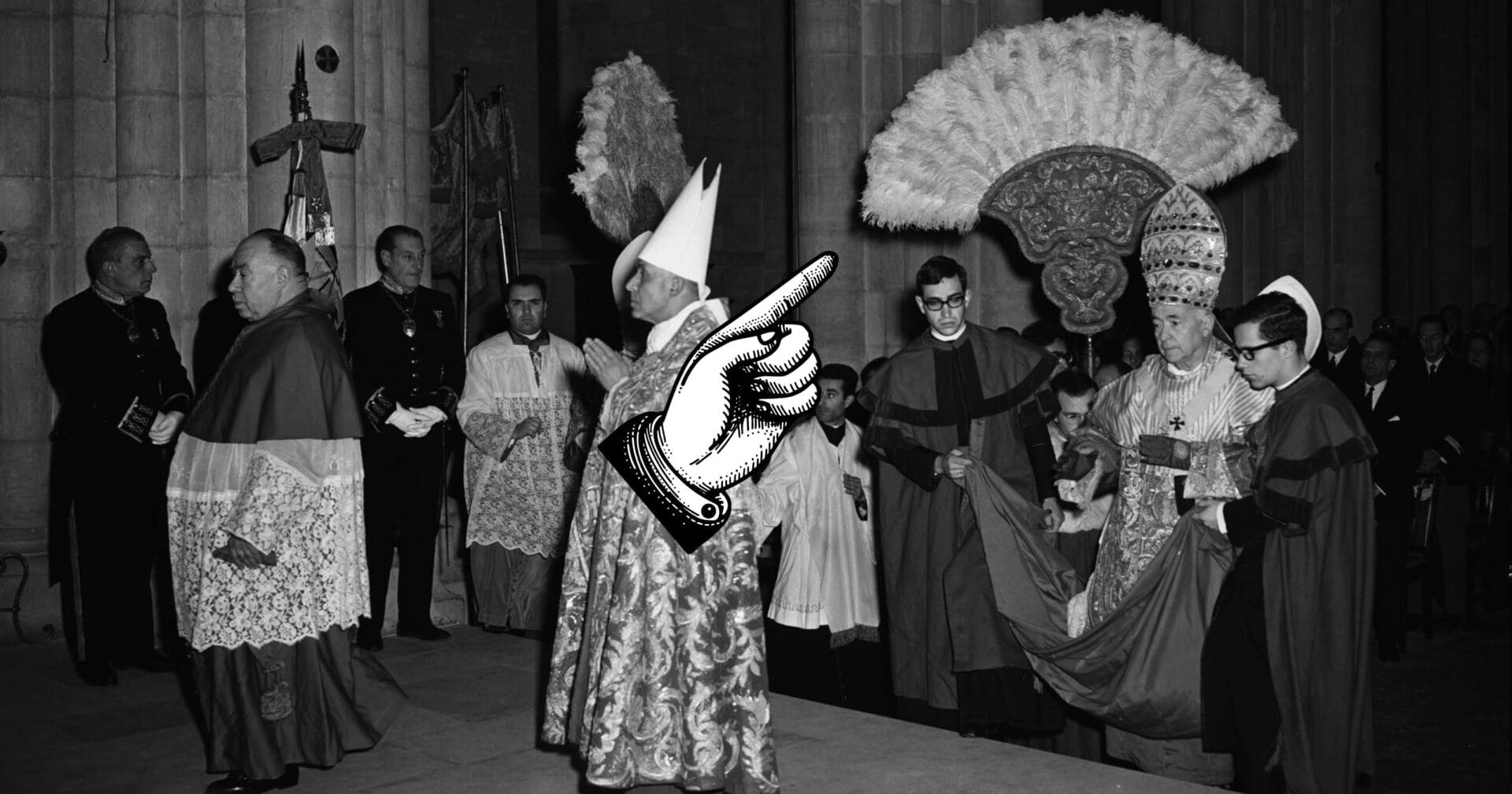In the Catholic tradition, the flabellum holds a place of both practicality and profound symbolism.
This ceremonial fan, varying in material from metal to silk or even feathers, serves a dual purpose: it is a guard against bugs during the Eucharistic celebration and a symbol of honor and reverence.
Tracing its origins to the early days of the Church, the flabellum’s use is documented in texts as ancient as the fourth-century Apostolic Constitutions. Here, deacons are described as using fans to protect the Eucharist and priest.
By the Middle Ages, flabella were integral in both Western and Eastern rites, though they became less common in the West around the fourteenth century. The Eastern Churches, however, continue to use the ripidion, a fan often adorned with the image of a seraphim, to this day. At key moments in the liturgy, these fans are used to gently waft over the Holy Gifts, blending an act of protection with liturgical beauty.
In historical contexts, flabella have also symbolized status and honor. Historically, they were part of the pomp surrounding the processions of princes, bishops and even the Pope, with elaborate versions made of precious materials and adorned with symbols of the Holy See.
Even today, the Vatican, certain cathedrals, and certain museums house these historical pieces, embodying the continuity of a practice rooted in reverence for the sacred and the history of the Church itself.
Photo credit: Public Domain via Wikimedia Commons
















